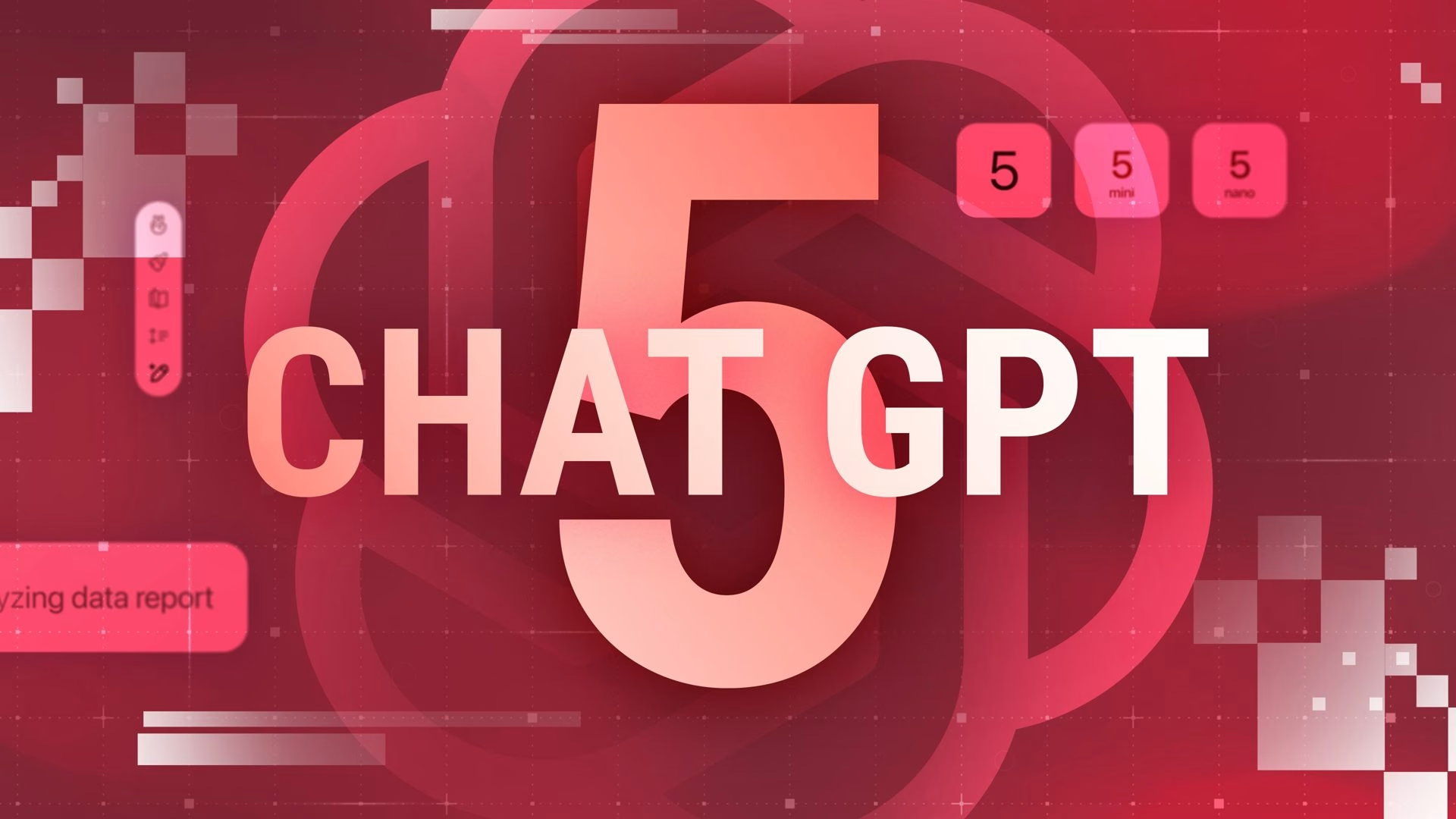OpenAI unveiled GPT-5 on August 7, 2025 as their most advanced AI model to date. Its hallmark is a unified architecture: a smart, efficient primary model, an enhanced “thinking” reasoning module, and a real-time router that dynamically selects the best model path depending on conversation complexity or user prompt cues. This design allows GPT-5 to balance speed and depth intuitively.
The model is available across platforms:
- In ChatGPT, with special “thinking” mode activated when needed.
- In the API, offering developers parameter controls like
verbosityandreasoning_effort, plus a choice of model sizes—gpt-5, gpt-5-mini, and gpt-5-nano—for performance, cost, or latency optimization.
OpenAI also highlighted GPT-5’s prowess across domains: coding, math, writing, health, visual perception, and more.
Real-World Applications & Enterprise Feedback
Enterprise uptake was immediate. Companies like Amgen reported improved accuracy, reliability, and speed in workflows—a promising sign of GPT-5’s impact in high-stakes environments.
It’s also being integrated into platforms like Azure AI Foundry, giving businesses scalable access with enterprise-level confidence.
Mixed Reactions: Evolution, Not Revolution
Many experts and users described GPT-5 as an evolutionary step, not a quantum leap:
- Financial Times labeled it “evolutionary rather than revolutionary,” noting practical gains but modest cognitive advancement. Competing models like Grok 4 Heavy even outperformed it in some reasoning tests.
- The Verge noted incremental benefits—in speed, cost-efficiency, and reliability—but pointed out a perceived drop in creativity and emotional tone.
- Washington Post reported tempered expectations: while coding and research improved, GPT-5 still struggles with factual accuracy and nuance, prompting users to rethink the timeline for AGI.
- Financial Times commentary added that the AI industry’s focus on scaling LLMs may be nearing its limits, and that new paradigms (e.g., world-model architectures) might be required to advance further.
Sam Altman’s Perspective: Still Progressing, Not Yet AGI
OpenAI’s CEO, Sam Altman, acknowledged that GPT-5 does not constitute AGI—but emphasized its significant utility:
- He noted that AI still lags behind humans in sustained complex reasoning and long-term strategic thinking.
- In response to user feedback, GPT-4o—valued for its more engaging tone—was temporarily reintroduced, signaling OpenAI’s awareness of user experience importance even amidst technical upgrades.
The Big Picture: Pragmatic Leap Amid AGI Recalibration
Here’s how GPT-5 fits into the broader AI landscape:
| Category | Key Takeaways |
|---|---|
| Technical Progress | Solid improvements in reasoning, coding, reduced hallucinations—but not a leap toward AGI. |
| Usability & Access | More efficient, cost-effective, and universally accessible—strengthening OpenAI’s market foothold. |
| Industry Sentiment | Optimism for practical use; cautious skepticism about AGI timelines. |
| Future Direction | Shift toward broader agentic capabilities, multi-model architectures, and nuanced customization. |
Reid Hoffman praised the democratization of intelligence, calling GPT-5 “a tangible example of the coming abundance of intelligence”—especially given how broadly accessible it is. Meanwhile, Deutsche Bank analysts emphasized its role in maintaining momentum in AI investment.
Voices from the Community
Even on platforms like Reddit, sentiment is polarized:
“Give it a few weeks… this thing can do things we couldn’t do before!”
“I think the naming was overhyped… it’s more like a polished GPT-4.5”
These comments reflect broader expectations management challenges: GPT-5 performs well—but naming and hype have elevated expectations beyond incremental reality.
Final Analysis
GPT-5 is a powerful, refined tool—not a leap into sentient AI. It embodies:
- Practical, enterprise-ready improvements,
- Smarter agentic behavior and task routing,
- Affordable and accessible deployment.






